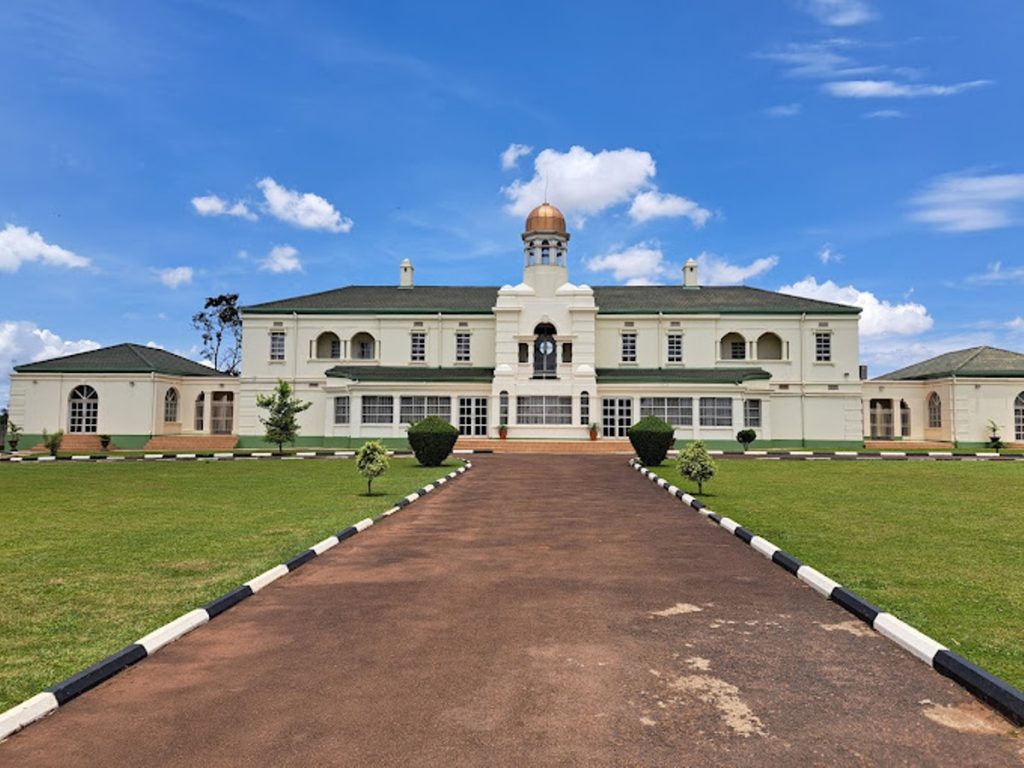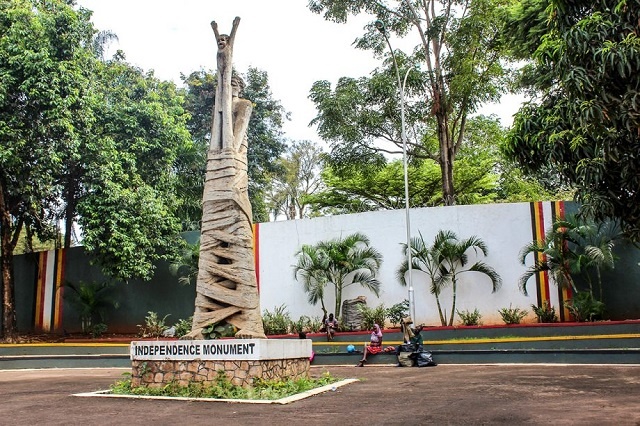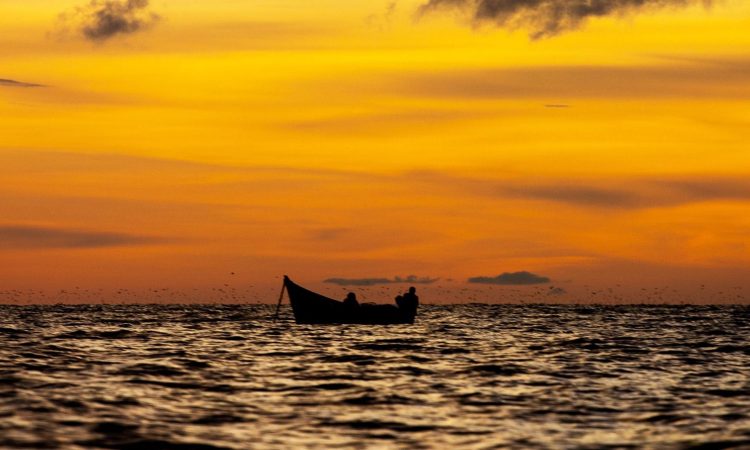Imagine stepping off a plane in Entebbe, where the warm African breeze greets you and the vibrant energy of Uganda pulls you into its embrace. As a traveler seeking more than just wildlife safaris or stunning lakes, you might wonder about the nation’s soul-shaping past. Uganda’s journey to independence, achieved on October 9, 1962, from British colonial rule, offers a captivating backdrop for any adventure here. This history isn’t confined to textbooks; it’s etched into the landscapes and landmarks you’ll explore.
British influence began in the late 19th century when Uganda was declared a protectorate in 1894. Agreements were signed with local kingdoms, such as Buganda, granting some autonomy while control was maintained by the colonizers. As you wander through Kampala’s bustling streets, these early ties become tangible at sites like the Kabaka’s Palace, where the Buganda king’s residence stands as a symbol of pre-colonial power blended with imperial oversight.

However, nationalism stirred in the mid-20th century. Political parties were formed, and demands for self-rule grew stronger. Leaders like Milton Obote emerged, pushing for change through negotiations and elections. While hiking to the Independence Monument in the heart of Kampala, you’ll feel the weight of that era, a towering sculpture depicting a mother raising her child, representing freedom’s dawn. It’s a perfect spot for reflection amid your travels, perhaps with a local coffee in hand.

Furthermore, the path to sovereignty involved careful diplomacy. Constitutional talks were held in London, leading to a federal system that honored Uganda’s diverse kingdoms. Independence was finally granted, with Queen Elizabeth II as the initial head of state, though power soon shifted to local hands. Envision visiting the Uganda Museum nearby, where artifacts and exhibits bring this transition to life, making your trip educational yet effortless.
As tensions eased post-independence, a new chapter unfolded. Obote became prime minister, and King Edward Mutesa II was appointed president, balancing modern governance with traditional royalty. Meanwhile head to the Kasubi Tombs, a UNESCO site housing Buganda kings’ remains, to sense how cultural heritage intertwined with the fight for autonomy.
Moreover, challenges followed freedom, but the spirit of resilience shines through Uganda’s people today. Roads were built, economies shifted, and unity was fostered amid diversity. For travelers, this means immersing in markets where stories of the past are shared over fresh matoke, or joining cultural festivals that echo independence celebrations.
In addition, the natural beauty amplifies this historical narrative. Lake Victoria’s shores, once trade routes under colonial eyes, now invite boat rides with views that inspire awe. As you plan your itinerary, consider how independence transformed these areas into accessible wonders for global visitors like you.

Yet, the story evolves. Influences from that era linger in architecture and customs, enriching every step. Passive constructions remind us, Progress was made through collective efforts, not solitary acts.
Consequently, Uganda’s independence isn’t just a date it’s a living tapestry woven into your travel experiences. Whether photographing the Parliament Building, where laws were debated post-1962, or chatting with locals about their grandparents’ tales, you’ll leave with a deeper connection. Finally, pack your curiosity and let Uganda’s history guide your footsteps. This East African gem, freed over six decades ago, awaits with open arms, promising memories that blend education, adventure, and pure joy. Safe travels!